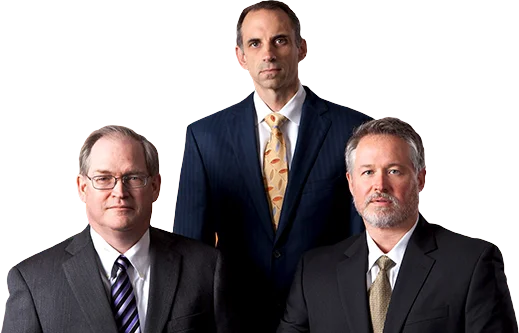Lawsuits – Not As Seen On Tv By Ryan Webster

Lawsuits – Not as Seen on TV
Often people’s perspectives of the litigation process are shaped by TV. Although the entertainment industry does a great job of entertaining us with legal drama, it is rarely accurate. One notable difference between TV and reality is that TV lawyers get hired by a client and try her case in a single episode, which may cover just a few days’ time. In reality, the process can take years. The cost vs. benefit, time, and stress of litigation are not shown on TV. These are important factors to consider when facing litigation.
This article offers a behind the scenes glimpse at the real civil litigation process. The statements in this article are not legal advice nor are they comprehensive or applicable to every case or every person.
In a civil lawsuit, there are at least two parties. The plaintiff is the party that brings the lawsuit. The defendant is the party being sued.
In certain types of cases, such as deceptive trade practices, the would-be plaintiff is supposed to send a written demand to the would-be defendant before filing a lawsuit. The demand usually summarizes the plaintiff’s legal and factual allegations and requests the desired relief. A party may have up to sixty days to respond to a demand. If the parties cannot resolve their dispute informally, filing suit is usually the next step.
The document that is filed to initiate a lawsuit in Texas courts is called a petition. In preparing a petition, lawyers may spend hours or weeks gathering information about the facts of the case and researching applicable law. The defendant must be served with the petition before the case can proceed. After a defendant is served, he must file an answer or another applicable response with the court clerk by the applicable deadline. If the defendant fails to timely respond, the plaintiff may take a default judgment — meaning she wins because the defendant failed to timely participate.
After the defendant answers, the parties usually engage in discovery. The discovery process allows each party to gather information that is relevant to the case from the other party and from nonparties. Parties may discover information that provides a basis to bring new claims, which in turn may allow for additional discovery. Discovery disputes sometimes arise, involving the relevance of the information sought, protecting confidential information (e.g. trade secrets, etc.) and other issues. Discovery is one of the most time-consuming phases of litigation — taking months or even years to complete.
During the course of a lawsuit, there may be numerous motions filed on a variety of issues. Each motion and hearing may take days, weeks, or months to prepare and present.
Although settlement is rarely featured in legal shows, most cases are resolved through the mediation process or by informal settlement talks between attorneys. Lawsuits settle at all stages of the litigation process.
If a case does not settle before its trial date, a judge or jury will decide the case (subject to appeal). Getting to trial usually takes a year or more. This is due in part to allow lawyers time to develop and evaluate their case; courts being backed up because there are not enough of them to handle the influx of cases filed; and the scheduling issues that have to be worked out among the parties, attorneys, courts, and witnesses.
Just before trial, courts may hear various pre-trial motions. Potential jurors are then let in the courtroom and a jury is selected. The lawyers then make their opening statements giving a roadway of the evidence they believe will be presented. After opening statements, each party may put on evidence through witnesses and exhibits (e.g. documents, photographs, and other tangible items). The parties rest after putting on their evidence. The judge reads the charge (instructions and questions) to the jury. The lawyers then make closing arguments. Following further instruction from the judge, the jury will then leave the courtroom to deliberate and answer the questions presented to them in the jury charge. The judge reads the jury’s verdict and converts it to a final judgment. That judgment becomes final if not timely appealed or otherwise successfully challenged.
In summary, TV shows start by revealing the client’s problem, skip the hard work, and end with a dramatic trial where the bad guy is exposed beyond all doubt. In reality, there is not a smoking gun in most cases—it’s more of a connect the dots to see the picture approach.
Ryan Webster can be reached at 940-891-0003 or www.dentonlaw.com

